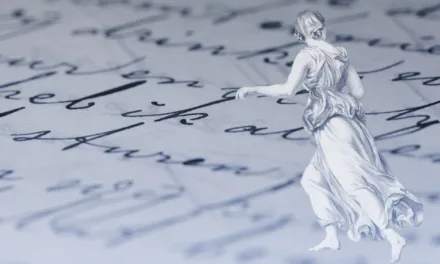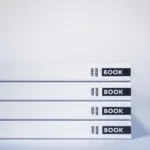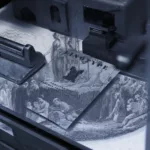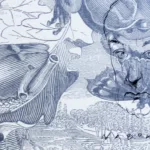
Getting the Science Right in Your Fiction

Writers have tons of creative ideas, but most of us aren’t scientists. So, how do we make sure that we get the science right in our fiction?
Even if you write speculative fiction or fantasy stories, there’s still some thought that must go into making sure there’s an internal logic to our worldbuilding. A sense of cause and effect. Readers get lost if they can’t easily follow or make sense of your big ideas, but this is especially important when discussing real-world science, and how it might affect our future, or manifest on other worlds.
Here are some of my favorite books that I love to use for science fiction research, that keep me grounded, and give me a great basis for building out sci-fi, fantasy, and futureworlds.
Physics of the Impossible by Michio Kaku

Physics of the Impossible, by world-renowned physicist, Michio Kaku, was literally written as a resource for writers and filmmakers.
From cyborgs and starships to UFOs, aliens, and extraordinary abilities like telepathy and invisibility, Kaku explores a wide range of concepts, demonstrating how seemingly impossible ideas today, like phasers and time travel, could plausibly become achievable.
Kaku discusses common sci-fi tech, explaining how it works and what conditions need to be in place in order for it to come into common practice. Ultimately, whether you’re writing sci-fi or not, you may enjoy seeing what this book covers. It’s truly fascinating!
The World Without Us by Alan Weisman

If you’re writing a post-apocalyptic or post-human story, The World Without Us gives some great insight into what the world would turn into and look like without human influence. How fast do forests take over cities, how fully does human waste go back to the earth, and what creatures would take over?
Weisman explores the immediate and long-term effects on the planet. He investigates the resilience of nature and examines how different ecosystems adapt and thrive without human interference. Engaging with experts in various fields, he delves into topics like climate change, plastic pollution, and the potential for Earth’s recovery. Through this exploration, Weisman offers thought-provoking insights into the future of our planet, addressing pressing concerns and revealing surprising possibilities, all of which are perfect to feed into any dystopian or post-human stories you might be writing.
Six Not-So-Easy Pieces: Einstein’s Relativity, Symmetry, and Space Time

Struggling to understand more complicated scientific concepts? In Six Not-So-Easy Pieces, Richard Feynman, a physics Nobel laureate and renowned teacher, provides an accessible exploration of Einstein’s theory of relativity.
Based on his groundbreaking lectures delivered at the California Institute of Technology, Feynman breaks down the revolutionary concepts of relativity with his characteristic wit and brilliance. He dives into the counterintuitive nature of time, the relationship between an object’s velocity and its mass, and the constancy of the speed of light, making these complex ideas easy to understand. It’s a great introduction to the principles of physics that will help you build the foundation for any science you might include in your fiction.
Time Travel: A Writer’s Guide to the Real Science of Plausible Time Travel

Time travel is a tough one, with lots of rules and paradoxes that you must be aware of if you’re writing a tale that features this capability. Be sure you understand the basics so that your plot doesn’t run away with itself!
In Time Travel: A Writer’s Guide, Nahin, who is not only an engineer and physicist but also a sci-fi writer, breaks down complex theories like wormholes, singularities, and relativity in a way that even we non-scientists can understand. First published in 1997, this book dives into the different time-travel devices authors have used and sorts out which ones could actually work and which ones don’t stand up to scrutiny. It’s a fun and informative read that will help any writer send their characters on thrilling adventures to the past or future while keeping things entertaining, logical, and scientifically sound.
Note: All purchase links in this post are affiliate links through BookShop.org, and Novlr may earn a small commission – every purchase supports independent bookstores.




























